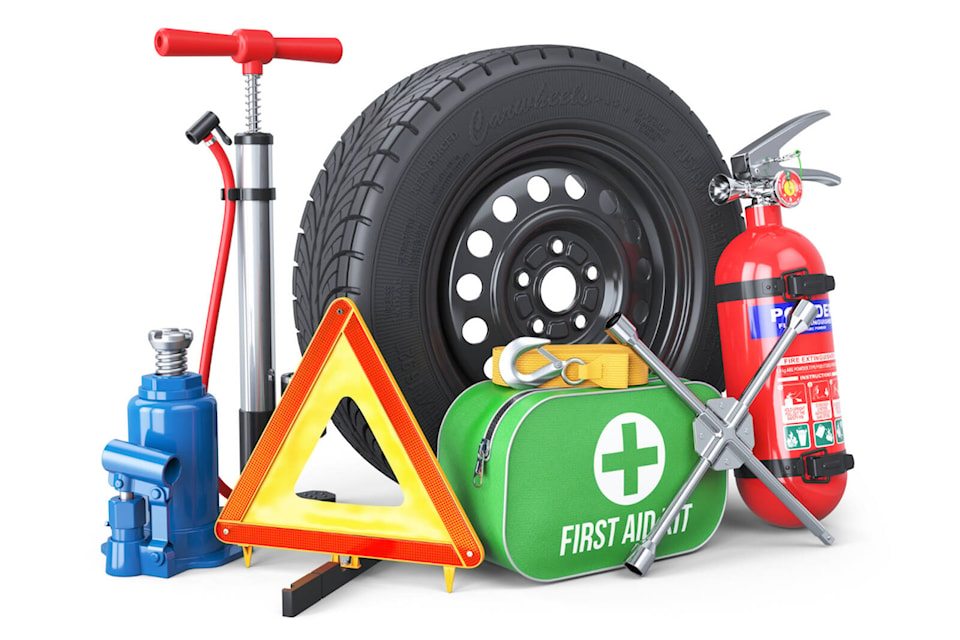By Blair Qualey
As the temperature starts to dip and the looming winter season begins to take shape, this is the time of year when many of us start thinking about visiting family and loved ones.
However, the unpredictable weather we’ve experienced in recent years and its devastating impact on the road and highway system in areas of the province, underlines the need to prepare in advance of setting out on the road.
If you’re contemplating a road trip, your first visits should be to and to access the most current source of highway and weather conditions.
Winter tires are a key component of keeping yourself and others safe on icy and snowy roads. Their importance cannot be overstated, as they’re required on most routes in British Columbia between Oct. 1 and April 30.
Snow tires with a snowflake symbol are the preferred choice over all terrain or all-season tires (M&S symbol), as the latter are more likely to slide on the road since they lose elasticity and grip at temperatures below 7°C, according to Transport Canada.
And while you may never have the need to utilize an emergency kit, having all the key components that help keep you and your family safe in the result of a mishap cannot be overstated.
Most drivers are likely aware of the basic supplies that one should have on hand in the case of an emergency, but unfortunately many do not.
Some of the basics include first aid essentials, flares, a small tool kit, water and granola bars, a small shovel, along with windshield washer fluid, de-icers and gas-line antifreeze – but that’s just a starting point.
Remember that the ability to communicate may be vital in a winter driving emergency. Most of us have a cell phone but if you run out of battery life, an external charging unit could be vital.
And take the time to get acquainted with your spare tire to check that it’s properly inflated and that you know how to change a tire if one goes flat.
Emergency agencies also suggest a bag of kitty litter, sand or salt to help create traction under the tires in the vehicle’s wheels are spinning out – and even paper and pencil to write down instructions, as pens are notoriously unreliable in the cold.
And don’t be that driver who’s trying to manage through an emergency in work attire. Having a pair of boots, gloves and proper jacket are also very important.
By following these few simple steps, you can help keep everyone safe on the wintery roads this year.
Blair Qualey is President and CEO of the New Car Dealers Association of BC. You can email him at bqualey@newcardealers.ca



